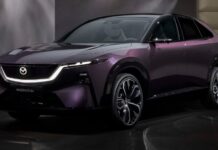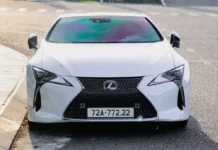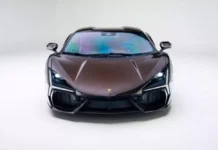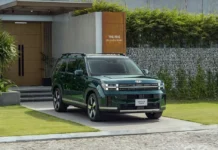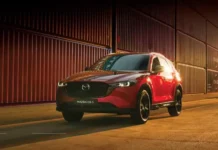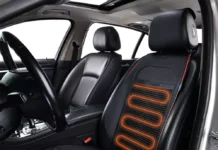Kia was established in December 1944 under the Hyungsung Precision Industry, a steel tube and bicycle parts manufacturer. The company’s first factory was located in Yougdeungpo in southern Seoul.
In March 1952, the factory produced the first domestic bicycle called Samcholli-ho, and changed its name to Kia Industrial Company. The name “Kia” is a combination of two Chinese characters, “ki” meaning “growth” and “a” meaning “Asia”. Thus, Kia can be loosely translated as “Growth over Asia”.
A decade later, when the Korean automotive industry emerged, Kia introduced the C-100 motorcycle. Just three months later, the Shiheung production line of Kia manufactured three-wheeled trucks called K360. The production of three-wheeled trucks continued until 1973, during which time the company sold 25,000 units. The motorcycle production was discontinued in 1981.
Large four-wheeled trucks, introduced in 1971, became widespread throughout South Korea, and the name Titan, meaning “large”, became synonymous with “truck”. Kia was the first company to produce gasoline engines in 1973, and in October 1974, it launched the first passenger car in Korea, the Brisa. The Brisa later became the first Korean car exported to the Middle East. The first gasoline engine in Korea was also produced in 1978.
Until 1979, Kia was still producing the Peugeot 604 and Fiat 132 sedans. In 1986, in collaboration with Ford Motor Company, Kia began producing small cars such as the Pride or Festiva, followed by the Ford Aspire. The deployment of the Pride model was carried out at Kia’s first dedicated Research and Development center, established in October 1984 in Sohari, near Seoul. This center was formed through the merger of two domestic centers and four foreign Research and Development centers and was opened in Japan in 1989.
In 1992, Kia established a branch in the United States called Kia Motors America. In 1994, Kia officially entered the US market and began selling cars through the dealer network, starting in California. This operation expanded to Europe in 1993 with the introduction of the Sephia passenger car.
In 1997, the Asian financial crisis caused damage to Kia Motors, which responded by diversifying its product line. Hyundai’s control of Kia, which began in 1998, marked the start of a new phase. By 1999, Kia had returned to profitability and continued to grow as it had previously achieved. Since the establishment of the Hyundai Motor Group in September 2000, Kia has truly started a period of growth through research and development and production cooperation.
By 2002, Kia had produced ten million vehicles. Iconic models such as the Carnival/Sedona minivan and the Sorento SUV quickly steered the company towards a focus on product quality and customer attraction. The company also became the main sponsor of a tennis tournament in Australia in 2002.
With a presence in 160 countries worldwide, Kia Motors is a truly global company. As a branch of the Hyundai Kia Automotive Group, Kia Motors’ retail operations are conducted through a distribution network in 160 countries worldwide. Kia Motors also has 10 overseas branches and 4 R&D centers: 2 in the United States and 2 in Europe and Japan.
– Lam Anh (Trithucthoidai)


